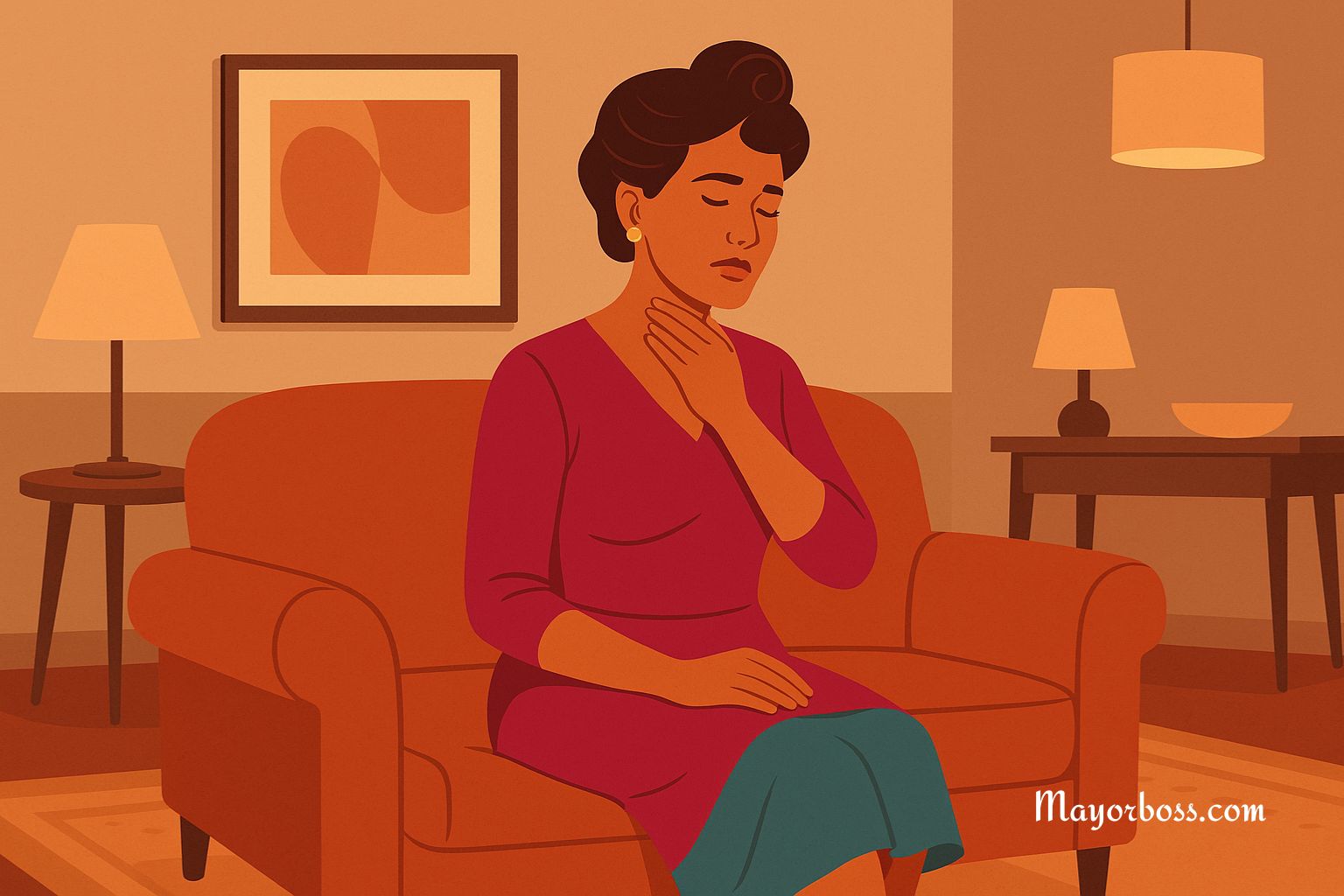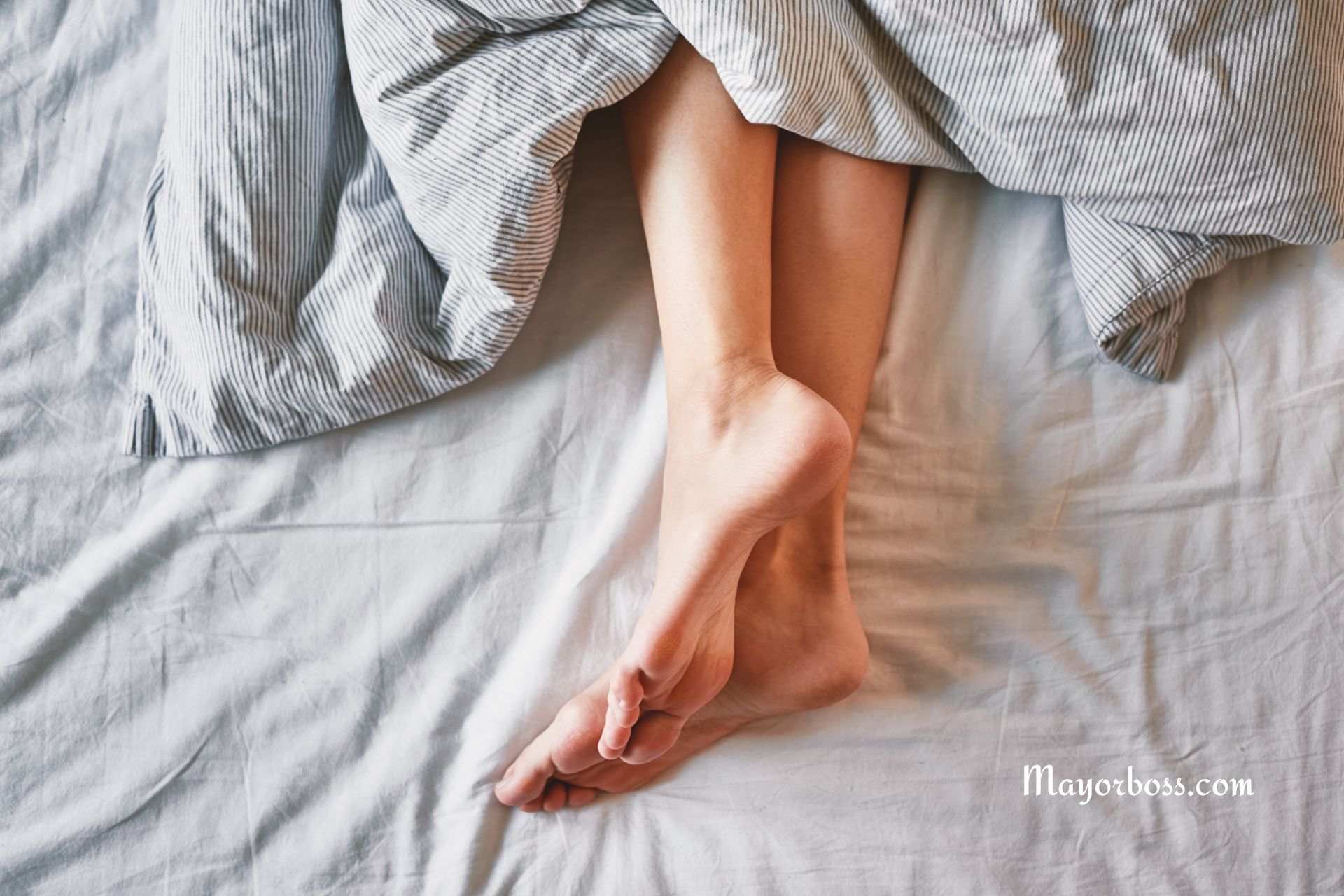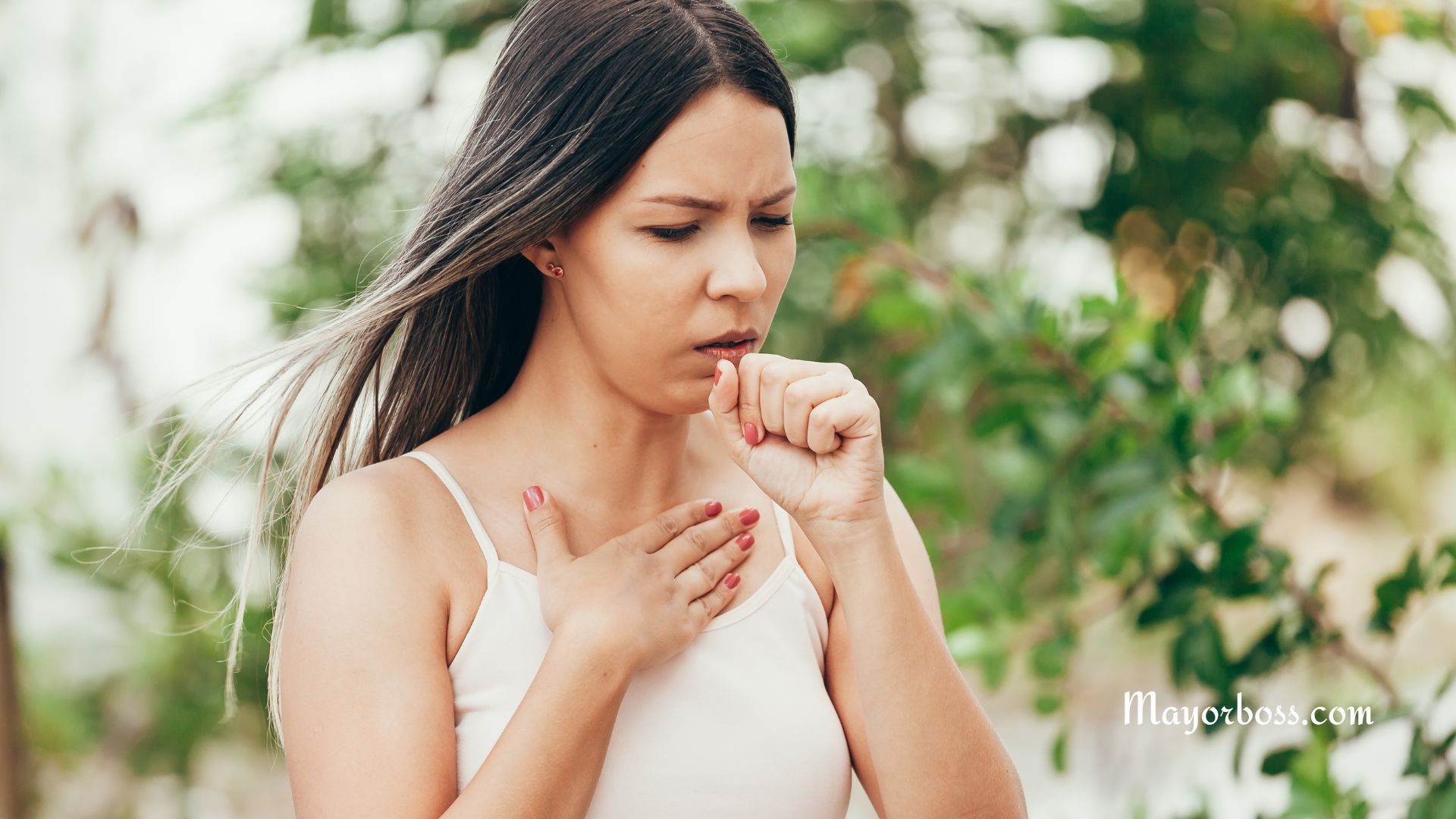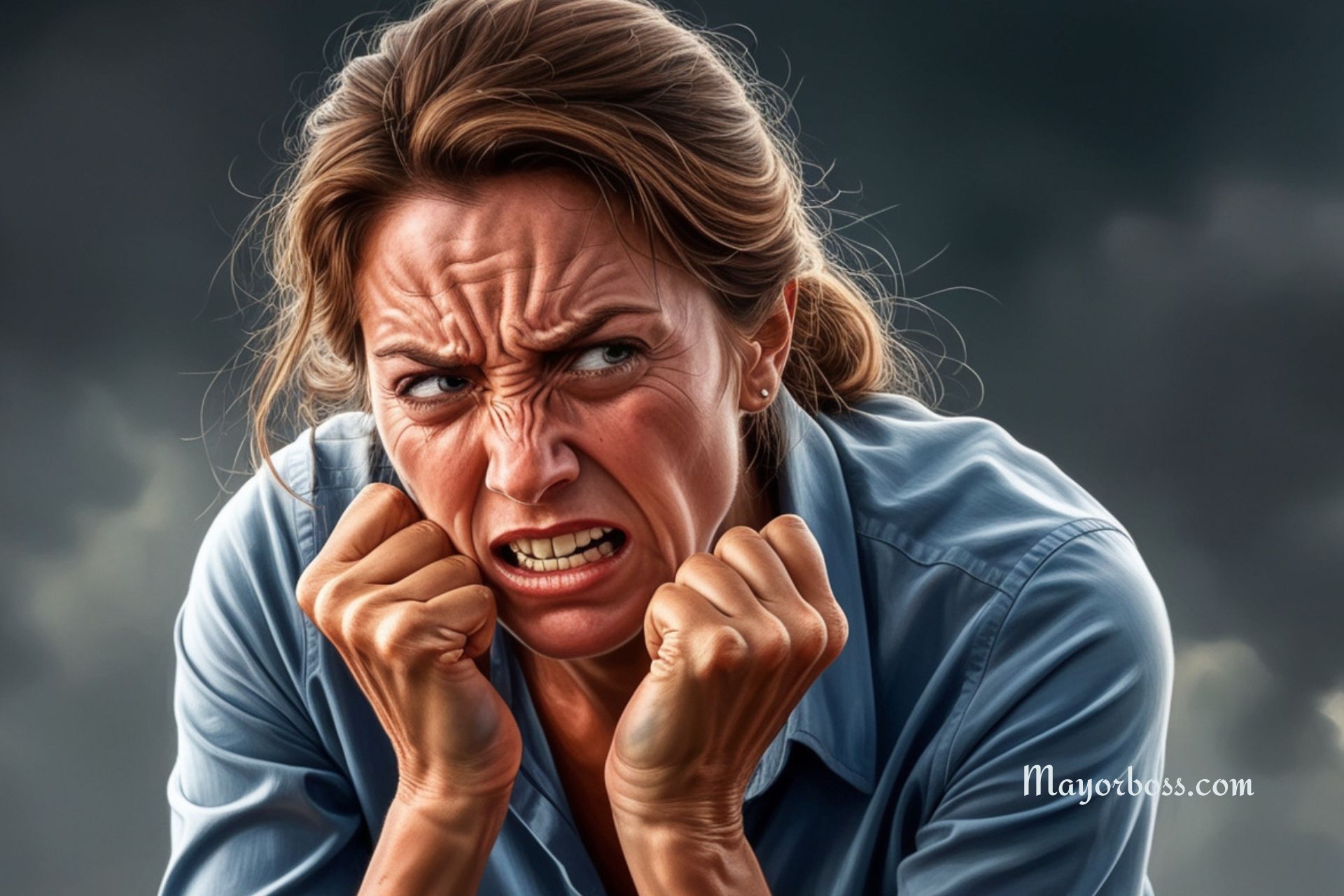Side And Back Pain After Colonoscopy: What You Need to Know
A colonoscopy is a very common and important medical test. It allows doctors to look inside the large intestine to check for problems like polyps, inflammation, or cancer. Most people recover quickly after the procedure with little trouble. However, some patients notice pain in their side or back after a colonoscopy.
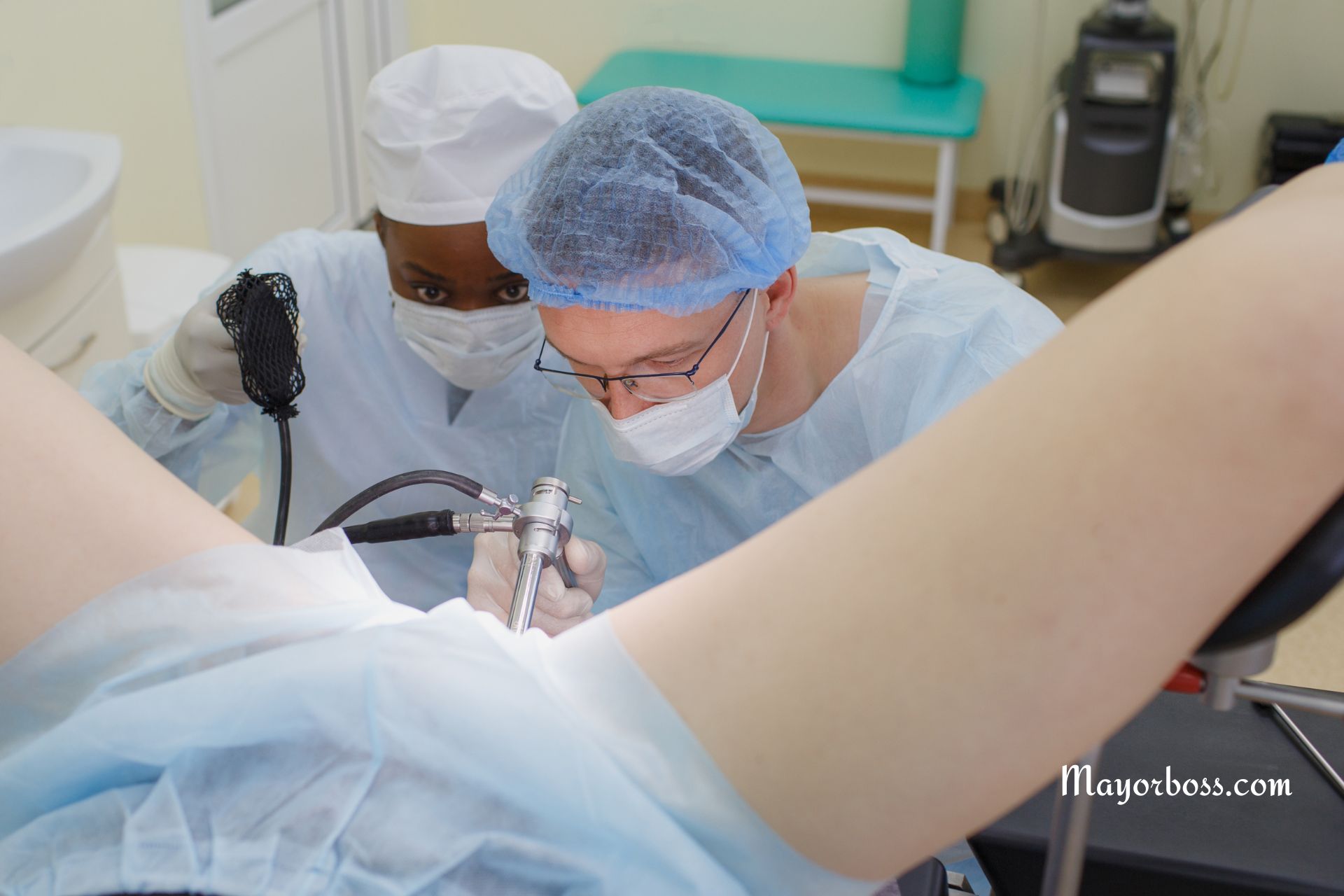
Why You Might Feel Pain After a Colonoscopy
During a colonoscopy, a thin, flexible tube called a colonoscope is inserted into your rectum and moved through your colon. To see clearly, the doctor inflates the colon slightly with air or carbon dioxide. This stretching can sometimes cause temporary discomfort.
Mild cramping, bloating, or a feeling of fullness is normal for several hours after the test. However, if you develop side or back pain, several things could be happening.
Common Causes of Side and Back Pain
1. Trapped Gas
One of the most common reasons for pain after a colonoscopy is trapped gas. During the procedure, the air used to inflate your colon does not always come out right away. Gas can press against the walls of your intestines and even push against nearby muscles in your abdomen or lower back.
This pressure can create sharp, uncomfortable pains that feel like they are coming from your side or back. Walking, changing positions, and passing gas can often help relieve this discomfort.
2. Muscle Strain
Sometimes, the way you are positioned during the colonoscopy can cause muscle soreness afterward. You may be lying in an unusual position for a long time, especially if the procedure is more complicated or takes longer than usual.
This can lead to strained muscles in your lower back, sides, or abdomen. The pain usually feels like an aching or stiffness and should improve within a few days with rest.
3. Bowel Spasms
After the colonoscopy, your bowels may react by spasming or cramping. These spasms can cause pain that moves around your lower abdomen, sides, or lower back. While uncomfortable, these spasms are typically harmless and go away within a day or two.
4. Irritation or Minor Injury
In rare cases, the lining of your colon can become irritated during the procedure. A small tear or scratch, called a mucosal injury, can happen, especially if there were tight bends or if polyp removal was needed.
Mild pain from a minor injury can sometimes feel like it is radiating to your side or back. Usually, this pain stays steady and does not get worse.
When Pain Could Signal a Serious Problem
Although most side and back pain after a colonoscopy is harmless, it is very important to know when the pain could mean something more serious.
Here are warning signs you should not ignore:
- Severe or worsening pain that does not improve with time
- Fever or chills
- Heavy bleeding from the rectum
- Severe bloating or a hard, swollen belly
- Nausea or vomiting that does not stop
- Dizziness or feeling faint
These symptoms could mean you have a rare but serious complication, such as a bowel perforation (a tear in the wall of the colon) or an infection. A bowel perforation is a medical emergency and needs immediate treatment.
If you notice any of these signs, call your doctor or go to the emergency room right away.
How to Ease Mild Side and Back Pain at Home
If your doctor confirms that your pain is mild and not caused by a serious problem, there are a few simple things you can do at home to feel better:
- Walk around gently to help move trapped gas out of your body.
- Apply a warm compress to your abdomen or back to relax tight muscles.
- Drink fluids to stay hydrated and support bowel movements.
- Rest if your muscles feel sore.
- Use over-the-counter pain relievers, such as acetaminophen, if needed. Always check with your doctor before taking any medications after a procedure.
Avoid taking nonsteroidal anti-inflammatory drugs (NSAIDs), such as ibuprofen, unless your doctor says it is safe, because they can sometimes increase the chance of bleeding after a colonoscopy.
How Long Should the Pain After Colonoscopy Last?
In most cases, mild side or back pain after a colonoscopy improves within 24 to 48 hours. Gas-related discomfort usually passes within a few hours after moving around and using the bathroom.
If your pain is due to muscle strain, it might take a few days to feel completely normal again. However, the pain should get better each day, not worse.
If your symptoms last longer than two days or if they start to worsen instead of improve, contact your healthcare provider for advice.
Tips to Prevent Pain After Future Colonoscopies
While you cannot always prevent every discomfort, a few steps can help reduce your chances of having side or back pain next time:
- Follow all preparation instructions before your colonoscopy carefully. A clean bowel allows for a quicker, smoother procedure.
- Ask your doctor to use carbon dioxide instead of room air if possible. Carbon dioxide is absorbed by the body more quickly and causes less bloating.
- Move around after your procedure as soon as it is safe to do so.
- Tell your doctor if you had a lot of pain after your last colonoscopy. They may adjust your care plan for the future.
Final Thoughts
Side and back pain after a colonoscopy can be surprising, but in most cases, it is not a cause for worry. Most discomfort is due to gas, muscle strain, or bowel spasms, and goes away quickly with simple care at home.
However, if you notice signs of a more serious problem, seek medical attention immediately. If you have any questions or concerns about how you feel after a colonoscopy, do not hesitate to contact your healthcare team.
Here’s a short checklist you can add at the end of the article to help readers quickly review important points:

